A sacred temple shaped by dedication and piety, reflecting centuries of devotion, and blending timeless tradition with the divine journey of faith.
Ready to explore the Masjid Quba Temple? It’s not just a historical structure; it’s a spiritual haven revered by millions. Imagine a serene, sanctuary-like atmosphere where the echoes of ancient prayers meet the tranquility of a modern-day retreat.
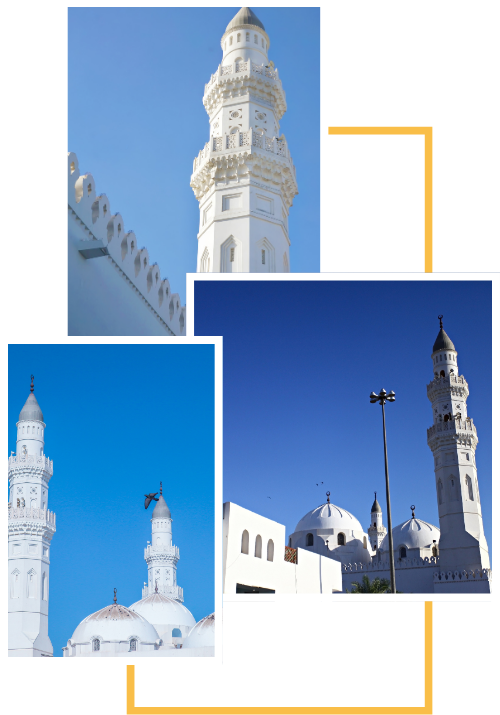

Open daily, with peak spiritual moments during dawn and dusk prayers.
Modest attire, reflecting respect and reverence, is expected. Both women and men should cover their shoulders and knees.
Early mornings and late afternoons offer a peaceful ambiance, with Friday prayers being a deeply spiritual experience.
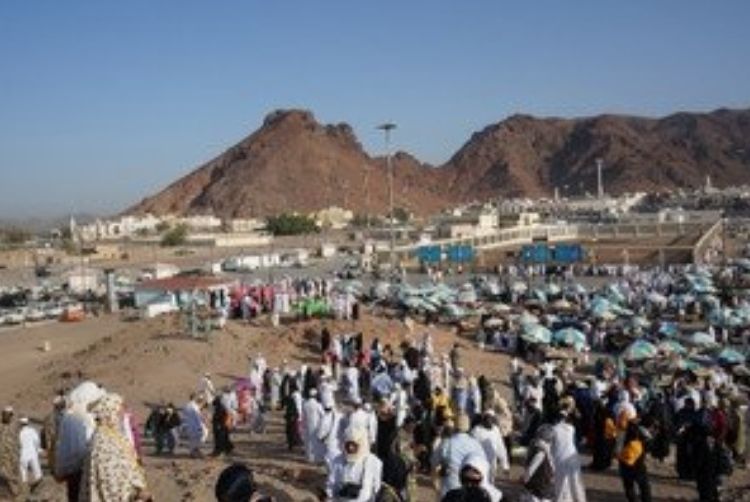
A site of historical significance, offering panoramic views and a deep connection to Islamic heritage, just a short drive from the temple.
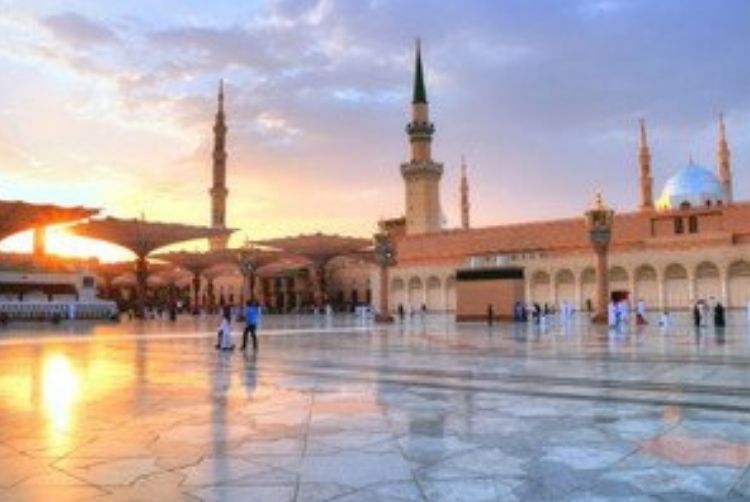
Immerse yourself in the rich history of Medina, located near the Masjid, with exhibits tracing the early days of Islam.
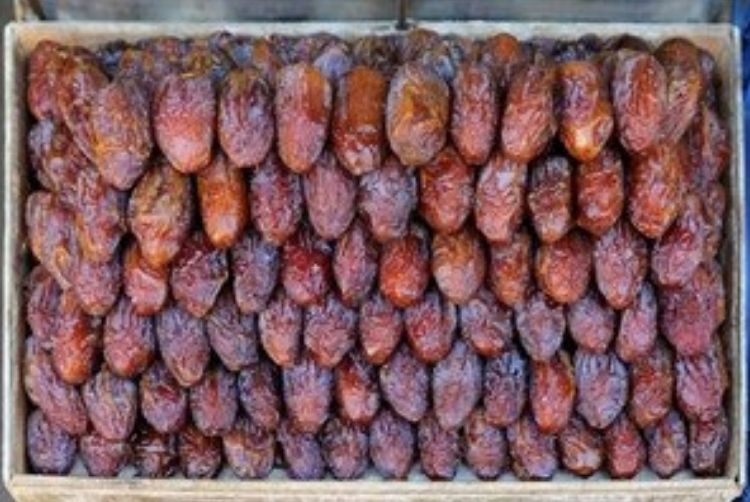
Experience the local culture and savor the taste of the region’s famous dates, a tradition that ties closely to the temple’s history.
First mosque built in Islam’s history, marking the Prophet Muhammad’s (PBUH) migration to Medina.
Designed with simplicity and spiritual tranquility, reflecting the purity of faith.
Holds a special place in the hearts of millions, with annual visitors reaching the millions.

Known for its white domes, symbolizing peace and spiritual ascension.
Expanded and renovated several times, yet preserving its original essence of faith.
Masjid Qubaa is praised in the Quran under Surah At-Tawbah (Chapter 9) for its foundation on piety.





The construction of Masjid Quba began as an act of unity and faith. Prophet Muhammad (PBUH), upon his migration to Medina, laid the first stones of this sacred temple with his own hands, inviting his companions to join in the effort. This collaborative construction symbolized the birth of a new community, built on the foundations of faith, brotherhood, and dedication to God. The temple stands today as a lasting testament to the spirit of unity that marked the early days of Islam.

Prophet Muhammad (PBUH) once said that performing two Rakat (units of prayer) in Masjid Qubaa holds the same reward as performing Umrah, a lesser pilgrimage to Mecca. This declaration elevated the temple’s status among the faithful, making it not only a place of regular worship but also a destination of spiritual significance. Pilgrims visiting Medina often make a special journey to Masjid Quba to earn the unique blessings promised by the Prophet, further intertwining the temple with the broader spiritual journey of a Muslim.
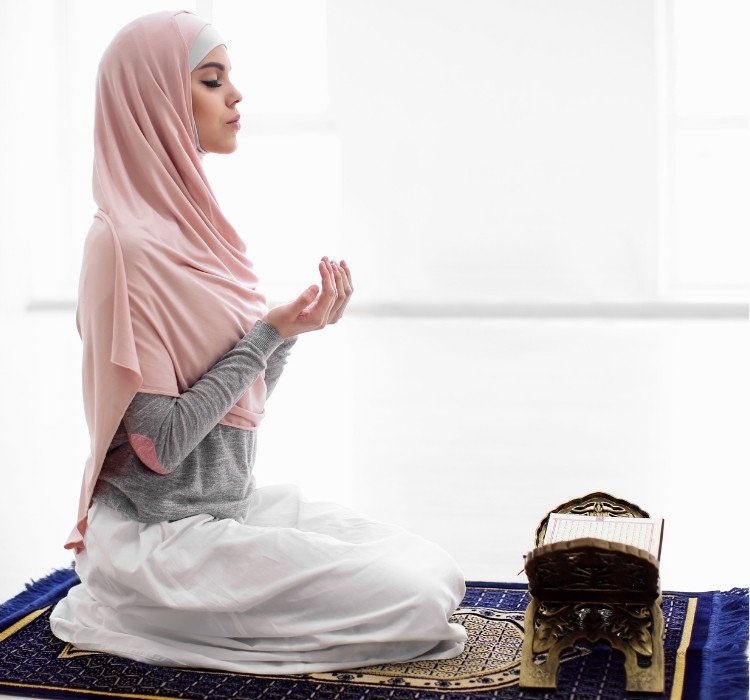
An often-told story about Masjid Quba is the miracle of the well that provided water during its construction. When the community faced a severe water shortage due to a lack of public wells, a companion of the Prophet (PBUH) purchased a well and donated it to the public. This well. known today as the well of Rumah, is one of the first endowments in Islam. It still flows today, making it the only well that still exists from the time of the Prophet (PBUH). This story serves as a powerful reminder of the importance of generosity and community in Islamic culture.

From its humble beginnings, Masjid Quba has seen numerous expansions, each time reflecting the growing Muslim community and the temple’s increasing significance. Caliphs and rulers across centuries have contributed to its expansion, each adding new elements while preserving the sacred aura of the original structure. The temple’s continuous growth mirrors the expansion of Islam itself, spreading across continents while maintaining its spiritual roots.
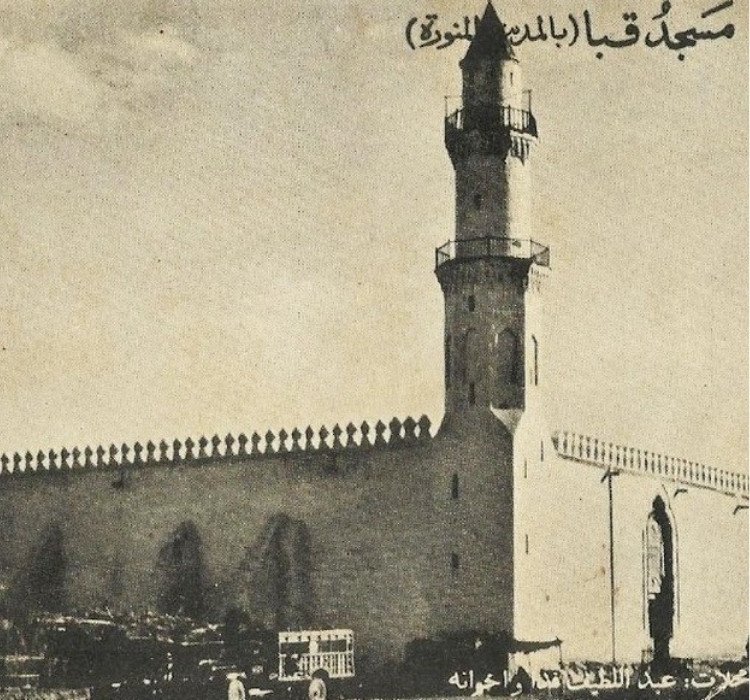
Masjid Quba is renowned for its striking white domes, which are a modern addition symbolizing purity and peace. These domes are not just architectural features but are also deeply symbolic, representing the spiritual purity of those who enter the temple. The serene white of the domes against the backdrop of Medina’s sky serves as a beacon of faith, inviting worshippers to seek solace and spiritual elevation within the temple’s walls.
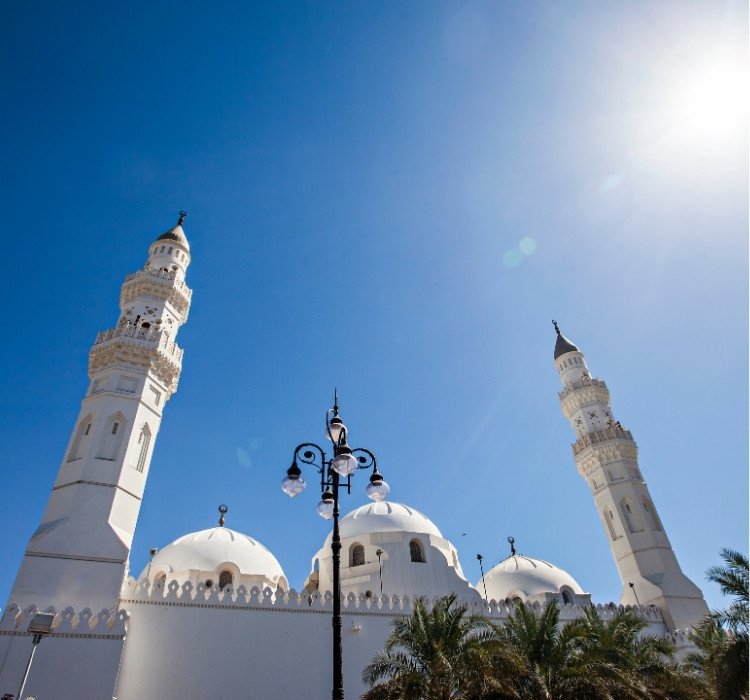
Masjid Quba is known not just for its historical significance but also for its atmosphere of profound peace. Visitors often speak of an overwhelming sense of tranquility upon entering the temple, describing it as a sanctuary where the noise of the outside world fades away. This feeling of peace is believed to be a reflection of the temple’s sacred origins, a space blessed by the Prophet himself, where the faithful can connect deeply with God in serene contemplation.

In the late 20th century, the Saudi government undertook a significant renovation of Masjid Quba, aiming to modernize the mosque while maintaining its historical integrity. This renovation included the addition of modern facilities to better accommodate the increasing number of pilgrims. The mosque's capacity was expanded, and air conditioning and other amenities were introduced, ensuring that Masjid Quba continues to serve as a sanctuary for worshippers from around the world.
Prophet Muhammad (PBUH) lays the foundation for Masjid Quba, marking the establishment of the first mosque in Islam. The Prophet himself participates in the construction, symbolizing the unity and collective effort of the early Muslim community.
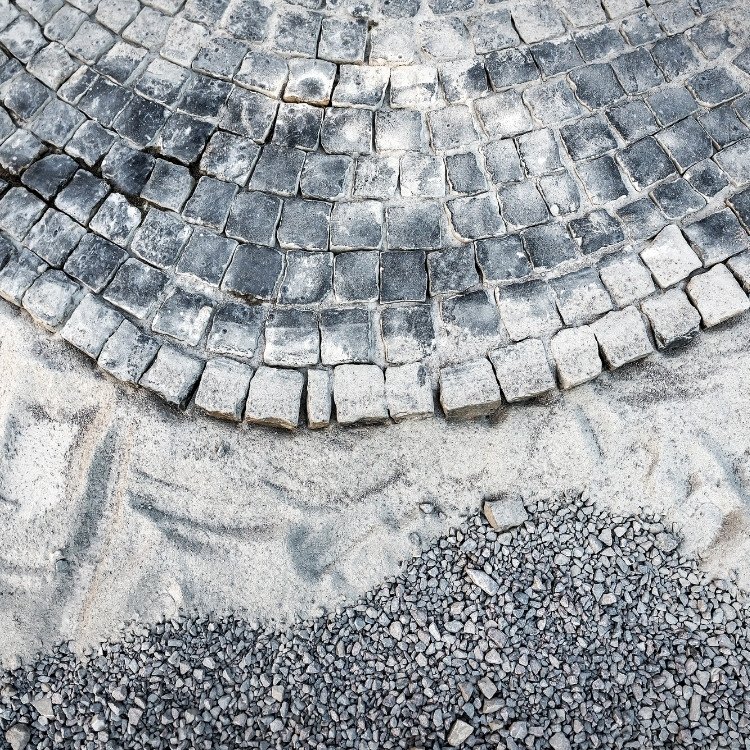
Masjid Quba becomes a central place of worship for the growing Muslim community in Medina. The Prophet (PBUH) often visits and prays at the temple, highlighting its importance as a spiritual sanctuary.

Masjid Quba becomes a central place of worship for the growing Muslim community in Medina. The Prophet (PBUH) often visits and prays at the temple, highlighting its importance as a spiritual sanctuary.

The mosque undergoes several expansions under the Caliphs, reflecting its increasing significance. Each expansion preserves the original structure while accommodating the growing number of worshippers.

Masjid Quba is further developed with the addition of a mihrab (prayer niche) and minbar (pulpit), enhancing its role as a center for both worship and community gatherings.
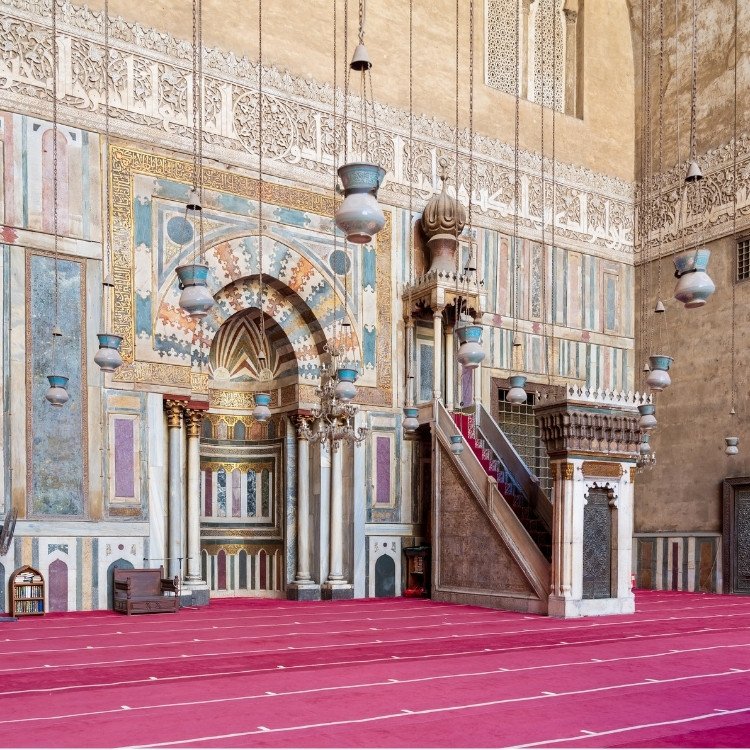
Masjid Quba is further developed with the addition of a mihrab (prayer niche) and minbar (pulpit), enhancing its role as a center for both worship and community gatherings.

Under the direction of famed Islamic poet Kamal Al-Din Al-Isfahani, the mosque is again renovated, reflecting its status as a prominent center of Islamic worship.
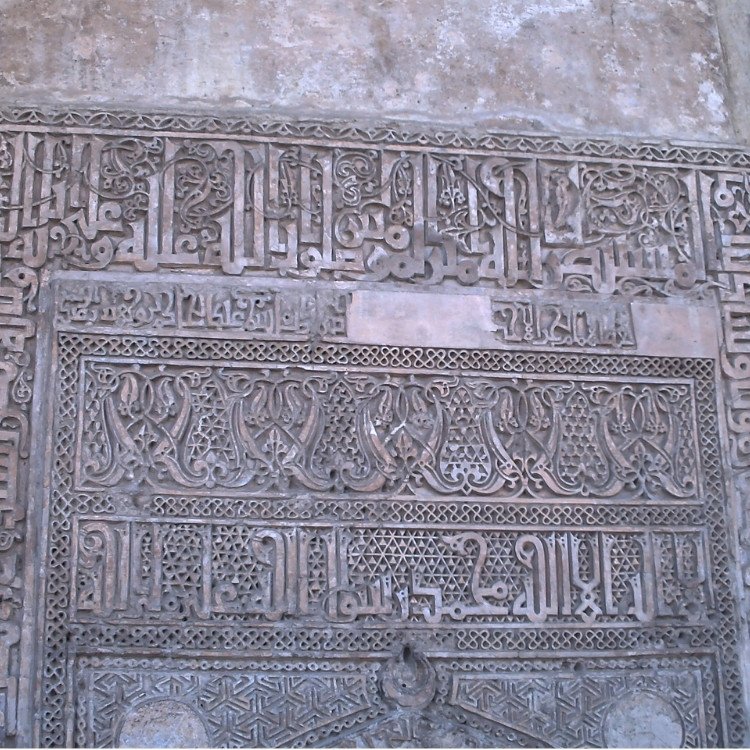
Masjid Quba continues to undergo renovations, including the addition of a prayer hall on the second floor. This renovation enhances the temple’s grandeur while preserving its spiritual essence.

Masjid Quba continues to undergo renovations, including the addition of a prayer hall on the second floor. This renovation enhances the temple’s grandeur while preserving its spiritual essence.

Masjid Quba sees significant modernization, including the installation of electricity and other facilities to accommodate the increasing number of pilgrims. The temple becomes a focal point for those visiting Medina.
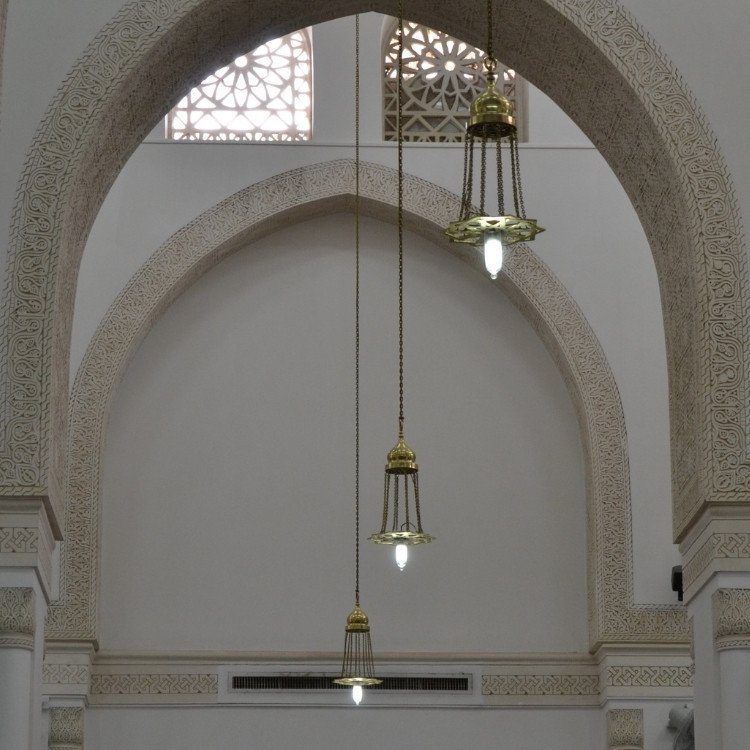
The Saudi government undertakes a large-scale expansion and renovation of Masjid Quba, reflecting its continued importance in the Islamic world. The temple’s capacity is significantly increased, and modern amenities are added while preserving its historical character.
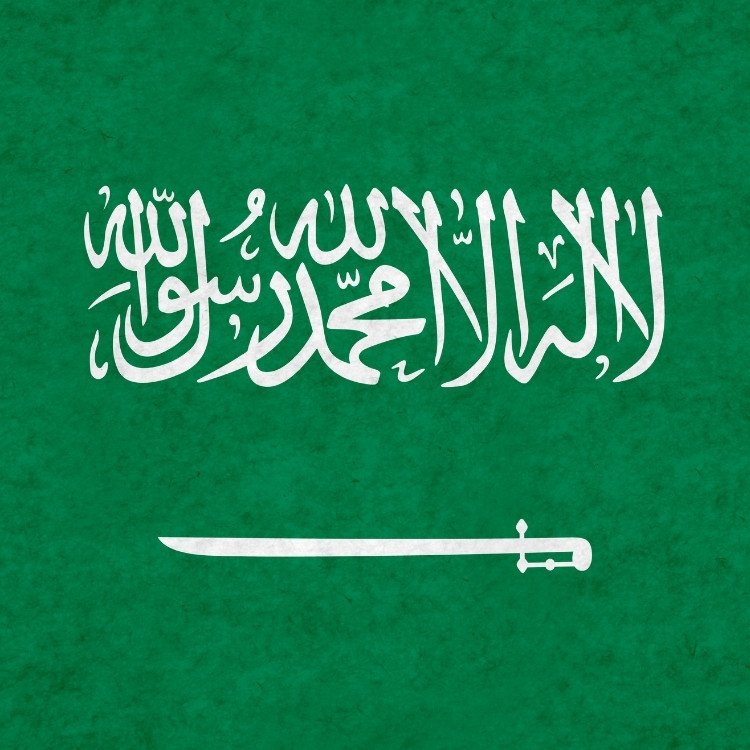
The Saudi government undertakes a large-scale expansion and renovation of Masjid Quba, reflecting its continued importance in the Islamic world. The temple’s capacity is significantly increased, and modern amenities are added while preserving its historical character.

Masjid Quba continues to attract millions of visitors annually, serving as a place of deep spiritual reflection and connection for Muslims worldwide. The temple remains a symbol of the early Islamic community’s faith and dedication.
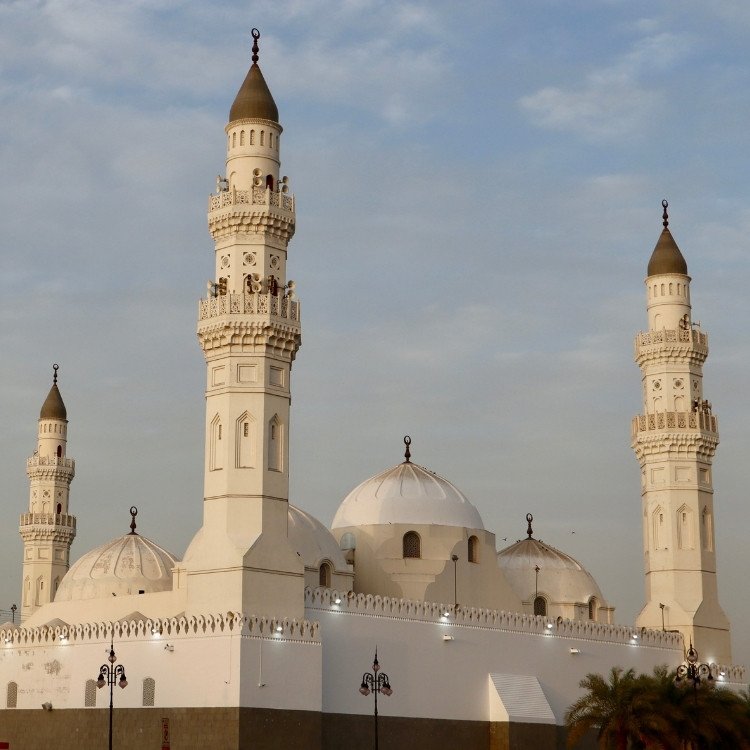
The Saudi government initiates further renovations to enhance the visitor experience, including the expansion of prayer areas and the addition of new facilities, ensuring the temple can continue to serve the needs of the global Muslim community.
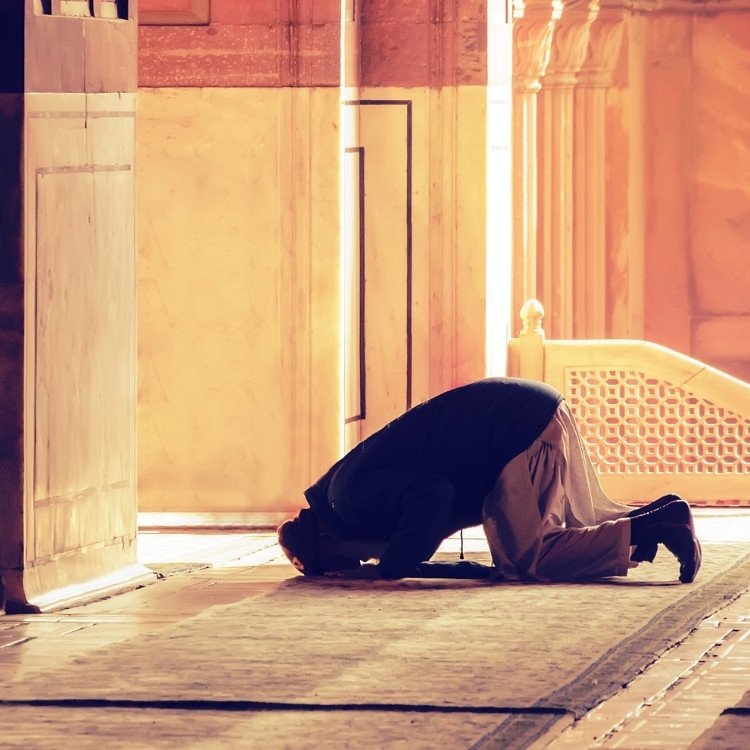
The Saudi government initiates further renovations to enhance the visitor experience, including the expansion of prayer areas and the addition of new facilities, ensuring the temple can continue to serve the needs of the global Muslim community.

Masjid Quba stands as a beacon of faith, combining its rich historical legacy with modern amenities. The temple continues to inspire millions with its serene atmosphere, historical significance, and its role as a symbol of the unity and devotion of the Muslim community.
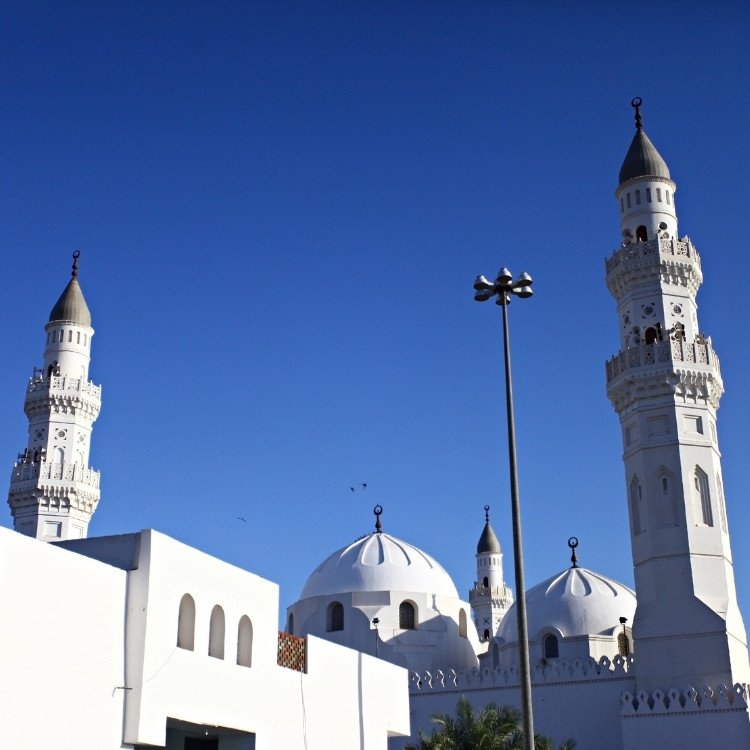
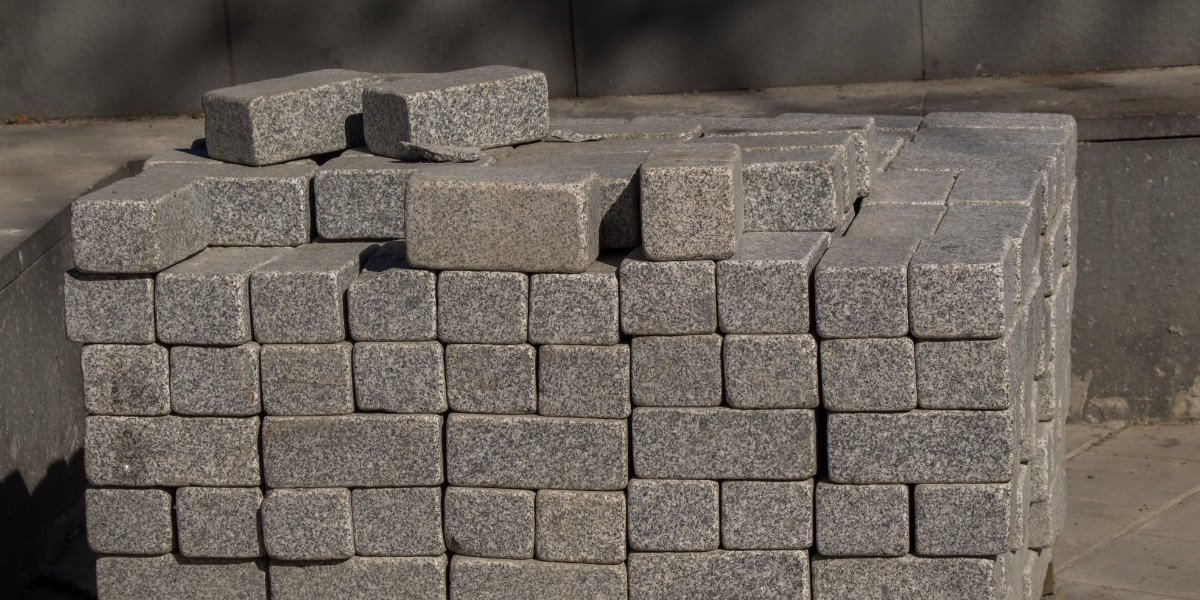
The foundation of Masjid Quba is deeply intertwined with the Prophet Muhammad’s (PBUH) migration to Medina in 622 CE. Upon his arrival, the Prophet selected a site in the village of Quba, where he laid the first stones of what would become the first mosque in Islam. This act symbolized the unity and faith of the early Muslim community, marking the beginning of a new chapter in Islamic history. The Prophet himself actively participated in the construction, carrying stones and rocks alongside his companions, embodying the spirit of brotherhood and dedication that would define this sacred temple.
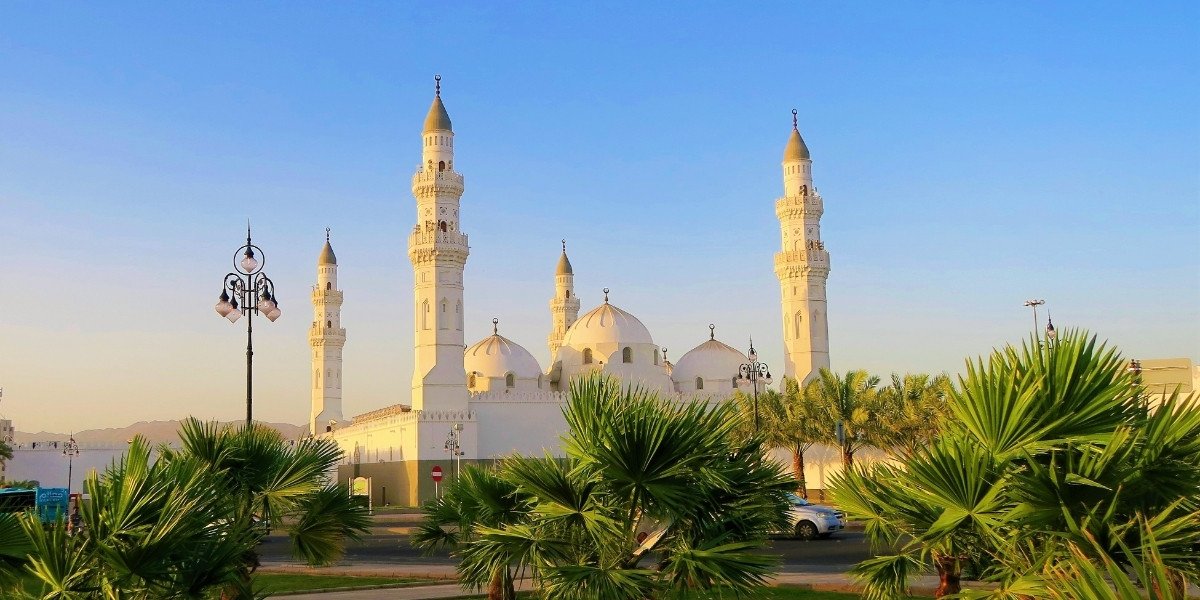
Over the centuries, Masjid Quba has undergone numerous expansions and renovations. The third Caliph, Uthman ibn Affan, was among the first to expand the mosque, followed by significant contributions during the Umayyad period. The mosque was renovated and expanded by the rulers of the Ottoman Empire through the 19th century, and was completely rebuilt in the 1980s by King Fahd bin Abdulaziz Al-Saud. These expansions have ensured that the mosque could continue to serve the growing number of worshippers while preserving its spiritual essence.
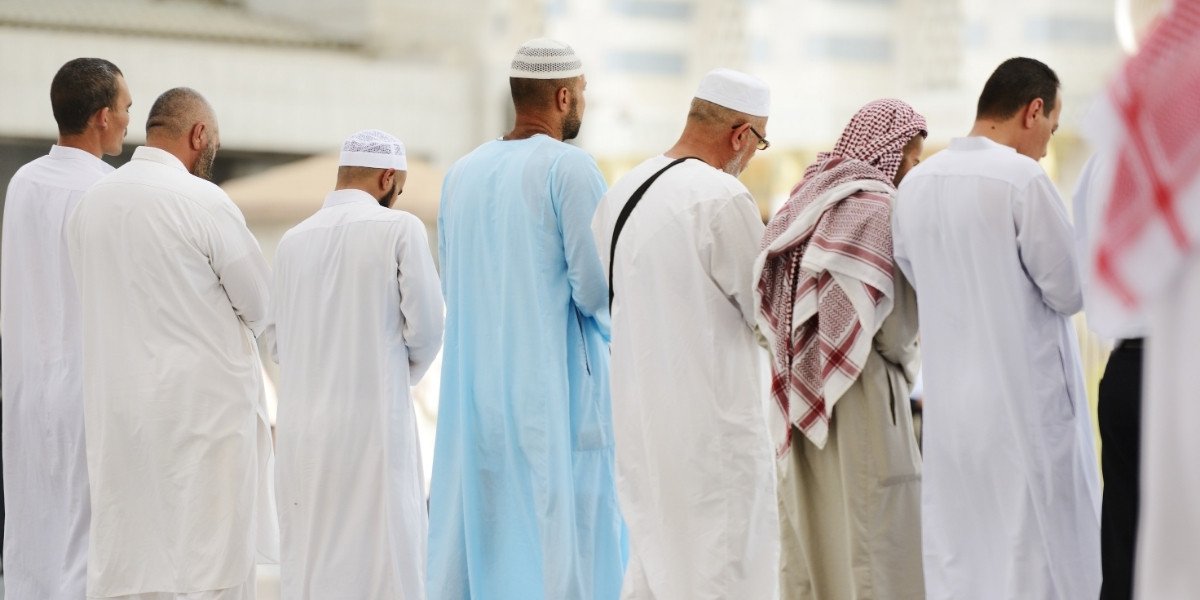
Masjid Quba holds a unique spiritual status in Islam. The Prophet Muhammad (PBUH) declared that performing two Rakat (units of prayer) in this mosque is equivalent to performing Umrah, a lesser pilgrimage. This declaration has elevated Masjid Quba to a place of profound spiritual significance, attracting millions of pilgrims who seek the unique blessings associated with praying in this sacred space.
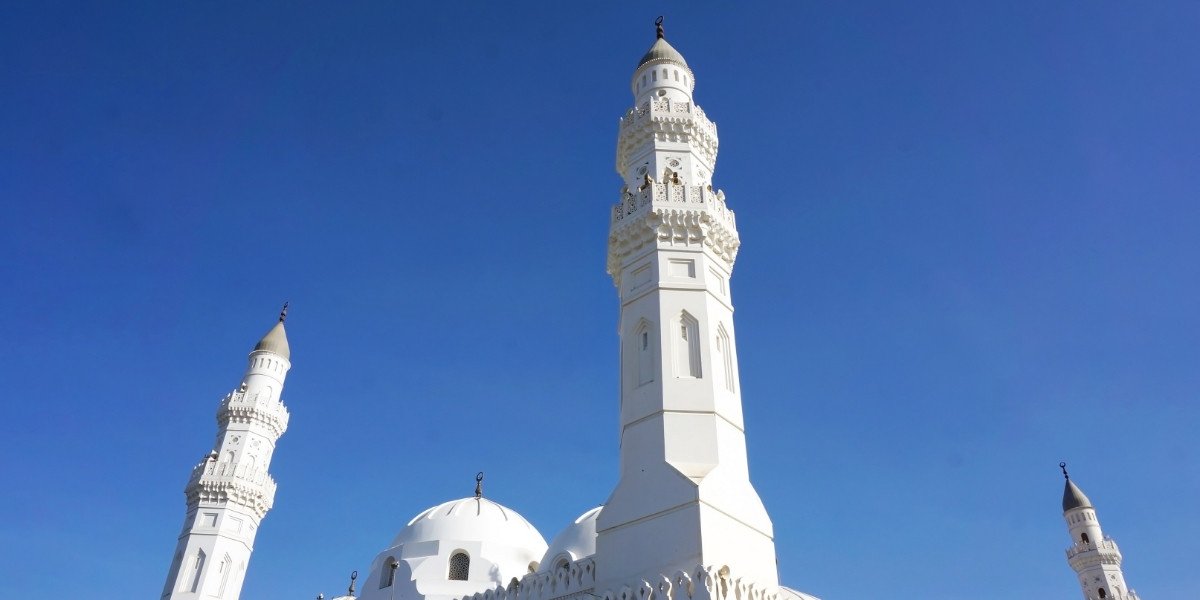
In the late 20th century, the Saudi government undertook a significant renovation of Masjid Quba, aiming to modernize the mosque while maintaining its historical integrity. This renovation included the addition of modern facilities to better accommodate the increasing number of pilgrims. The mosque’s capacity was expanded, and air conditioning and other amenities were introduced, ensuring that Masjid Qubaa continues to serve as a sanctuary for worshippers from around the world.
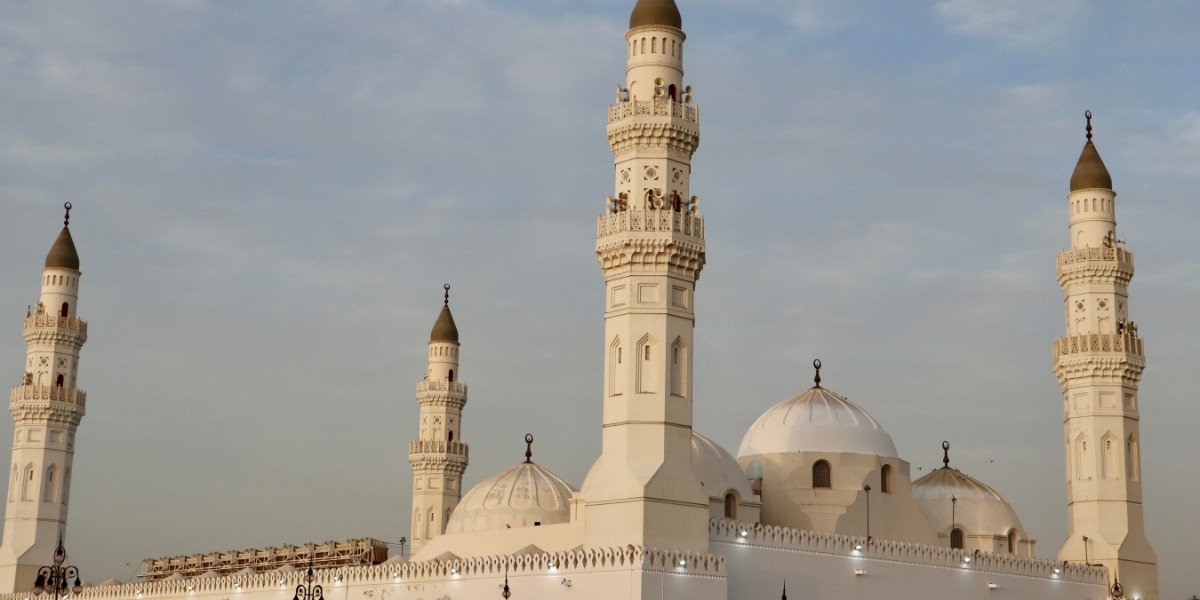
Beyond its historical and spiritual significance, Masjid Quba is renowned for its tranquil atmosphere. Visitors often speak of the profound peace that envelops them as they enter the temple, a peace that is believed to emanate from its sacred origins. This serene environment, coupled with the mosque’s beautiful architecture and surrounding gardens, makes Masjid Qubaa not only a place of worship but also a sanctuary for personal reflection and spiritual rejuvenation. The temple stands as a beacon of faith, inviting believers to deepen their connection with God in a setting that embodies the principles of peace, unity, and devotion.
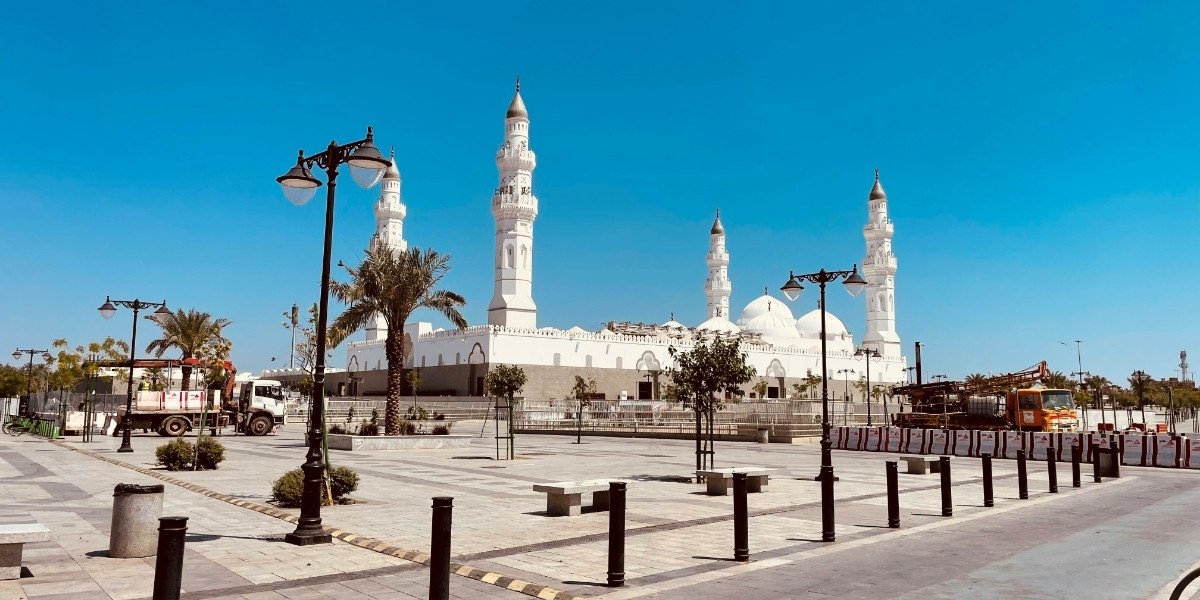
The preservation and continued significance of Masjid Quba have always been a communal effort. From the early Muslim community that built and maintained the mosque under the Prophet’s guidance to the various Islamic rulers who have contributed to its expansion, the mosque’s history is a testament to the collective devotion of the Muslim Ummah. This ongoing commitment ensures that Masjid Quba remains a vibrant center of worship and spirituality, deeply rooted in the traditions of the early Muslim community.
Contact Us
Copyright © 2025 Temples.org. All rights reserved.